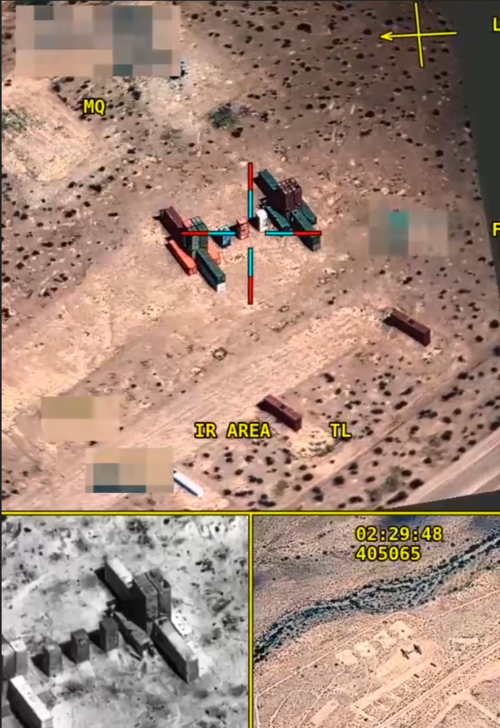This is an abbreviated version of the Aviation Week & Space Technology article “
USAF Death Claw Shows New Way To Speed Development”, which describes the full details of issues faced with the F-16’s capabilities, how Death Claw aims to address these issues, and industry insights into the system.
A 40-year-old idea to improve strafing accuracy by transferring flight control of a manned fighter to the autopilot to aim the gun is being revived as the U.S. Air Force looks internally for innovations that can be demonstrated and delivered quickly. An operational version of the Digitally Enhanced Aiming Through Control Law (Death Claw) system is in development less than two years after the U.S. Air Force Test Pilot School conceived and performed an eight-month demonstration.
In effect, Death Claw has two functions. As a new automated flight mode, it solves a practical problem for pilots of F-16s and potentially other fly-by-wire fighters. The system also highlights a path to introducing aircraft upgrades faster by involving the test community up front. Adding an “auto-gunnery mode” to the flight control law, and allow the autopilot control to point the aircraft when the gun is engaged. Bill Gray, chief test pilot of the test pilot school, launched a demonstration program in late 2017 to prove it could work.
The test pilot school owns the F-16 Variable stability Inflight Simulator Test Aircraft (VISTA), an aircraft specially modified to allow inflight changes to the flying qualities. “I realized it would be a relatively simple modification to adjust the control of that airplane to actually test this to do the concept exploration,” he says.
As much as the Air Force pushes to accelerate development, the question still remains how much schedule compression is possible during the test-and-evaluation phase.
In the case of Death Claw, the test pilot school used a live demonstration to prove a basic autopilot capability. Lockheed Martin’s Skunk Works is now working on an improved operational version of the new autopilot gunnery mode, but the Air Force collected the data it needed to make a decision with a rudimentary system created within four months in 2017. The test community also now has experience with the technology, which could help focus the follow-on test schedule.
A 40-year-old idea to improve strafing accuracy by transferring flight control of a manned fighter to the autopilot to aim the gun is being revived as the U.S. Air Force looks internally for innovations that can be demonstrated and delivered quickly.

aviationweek.com

www.flightglobal.com























